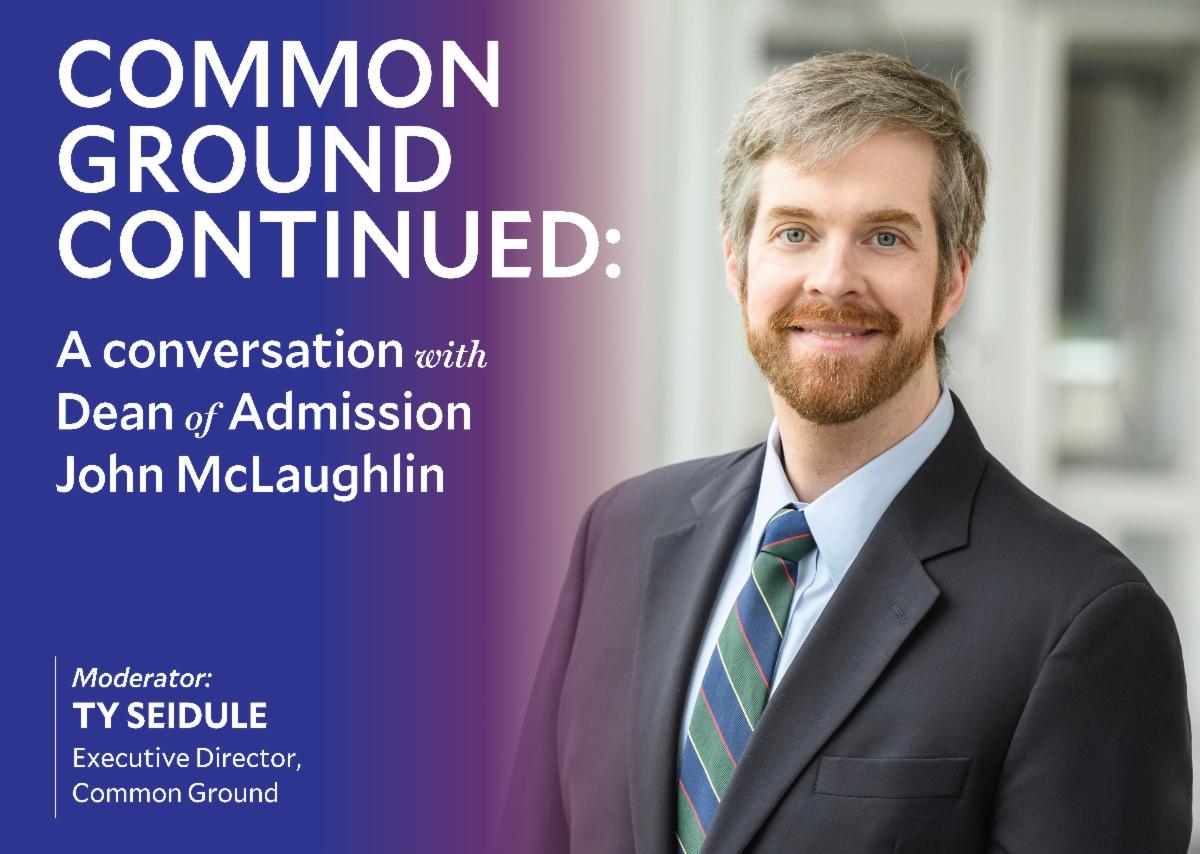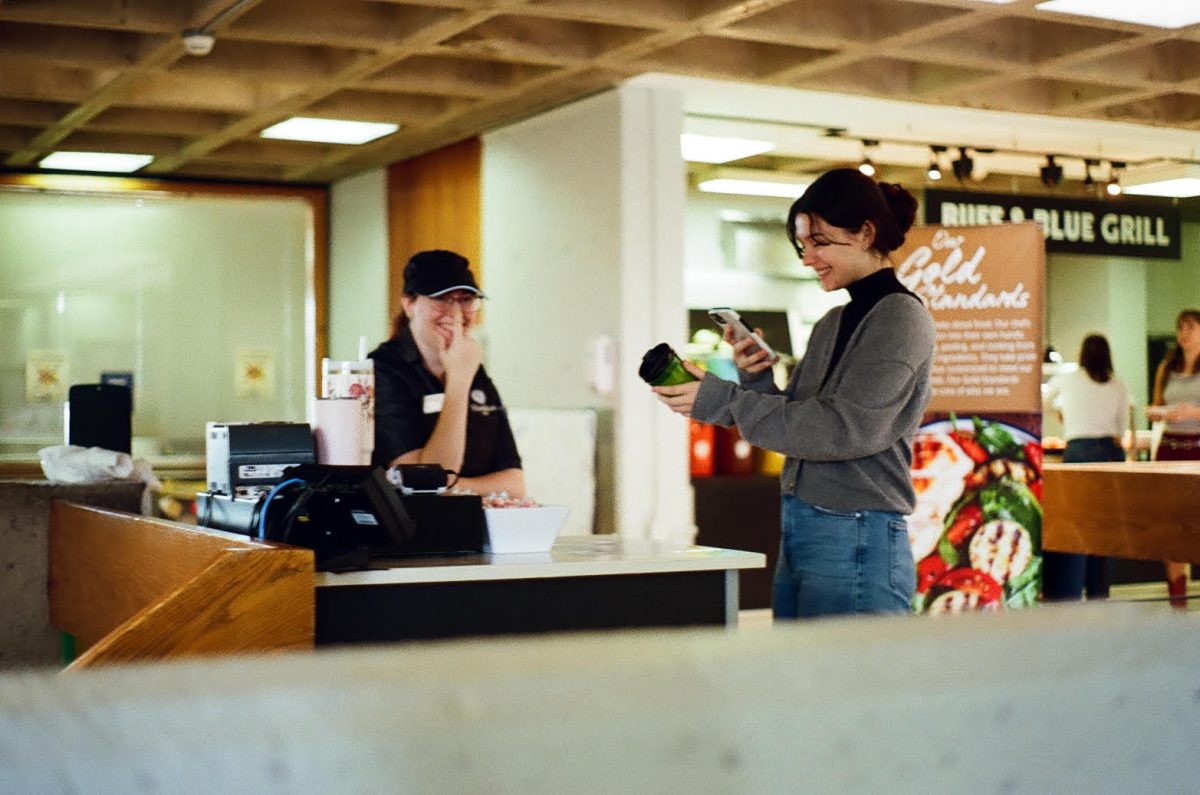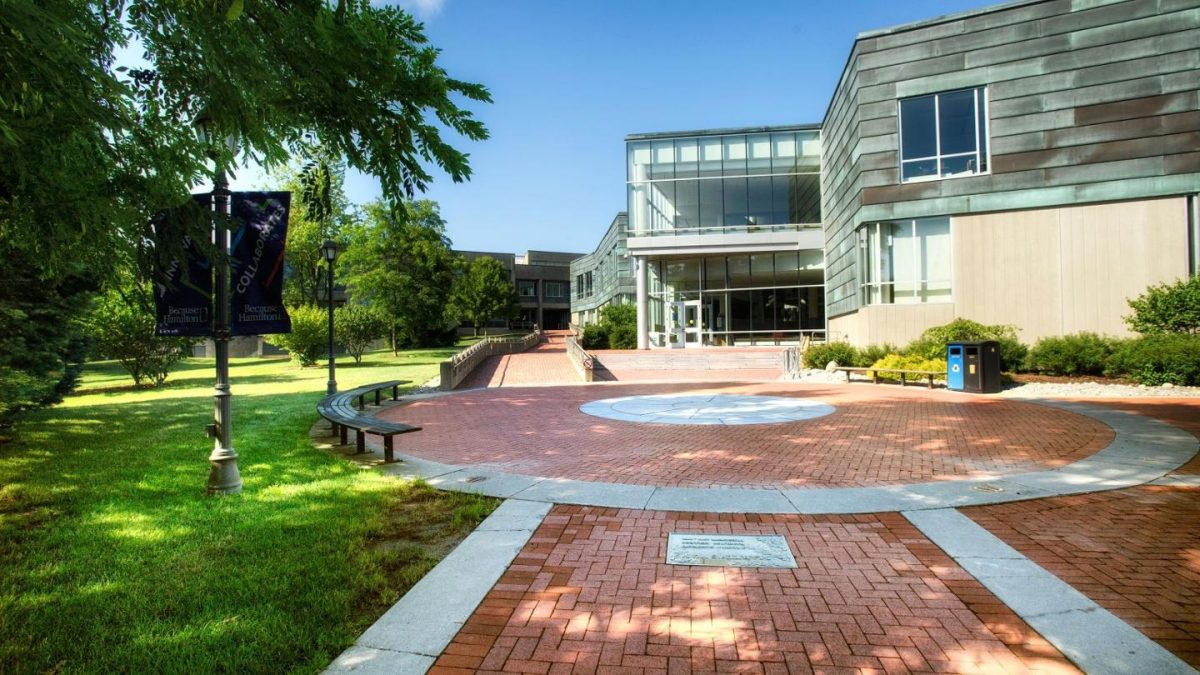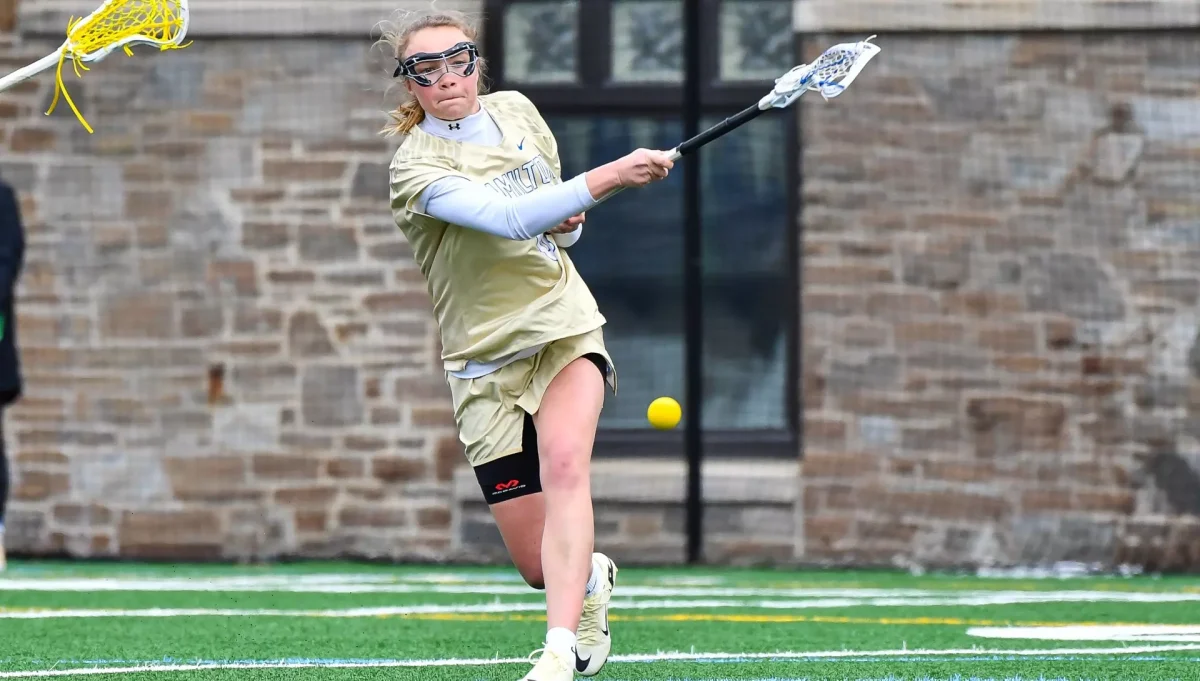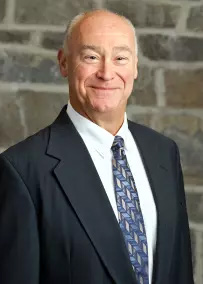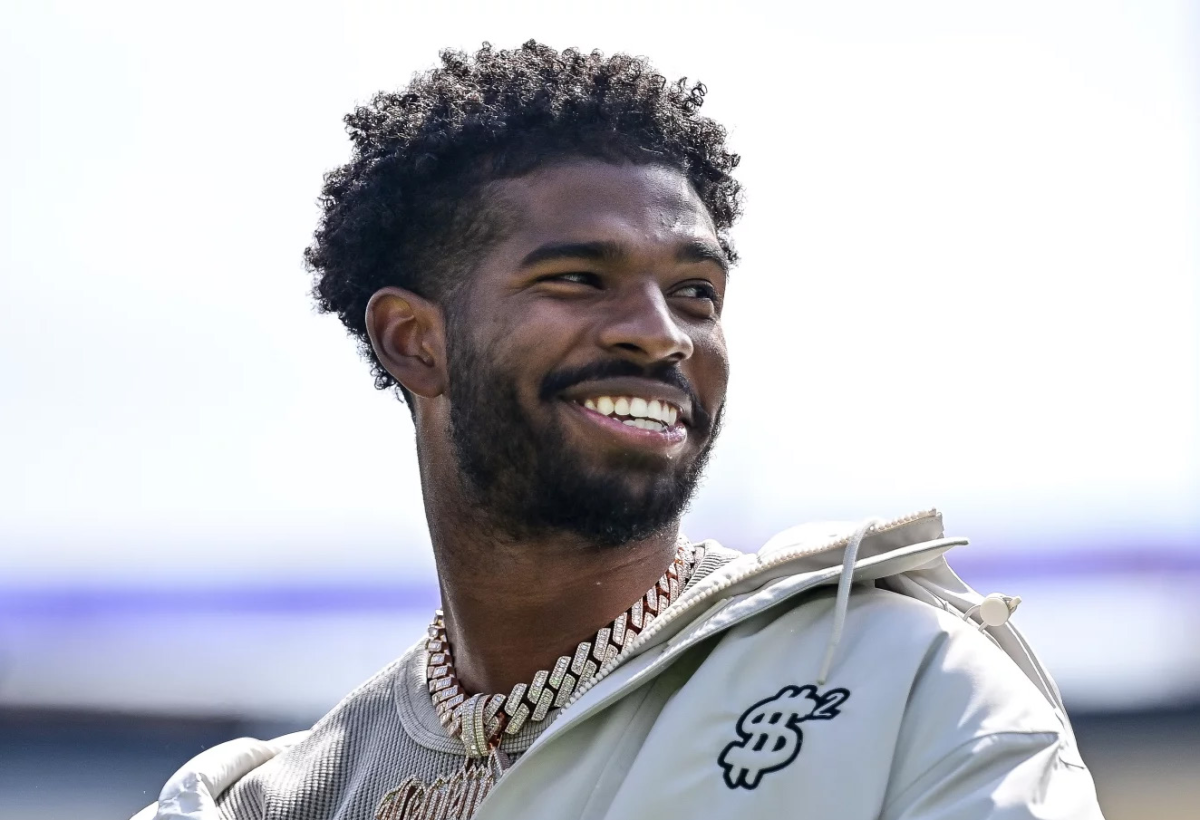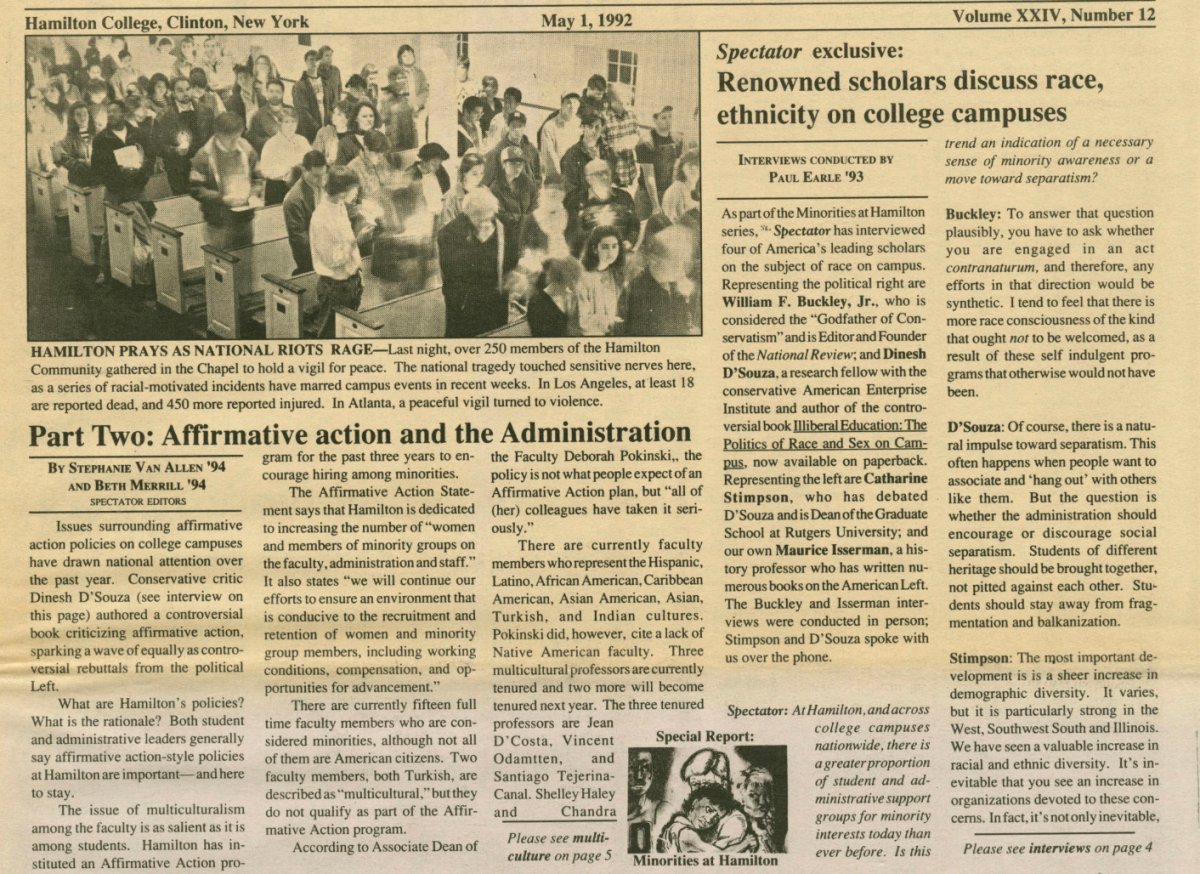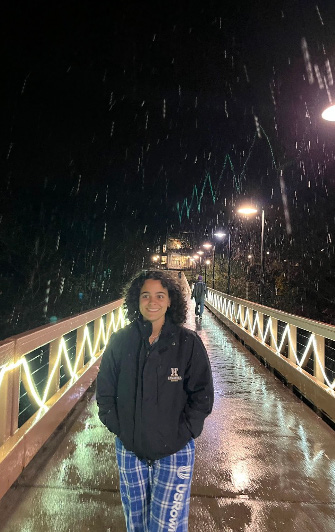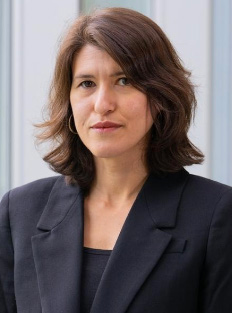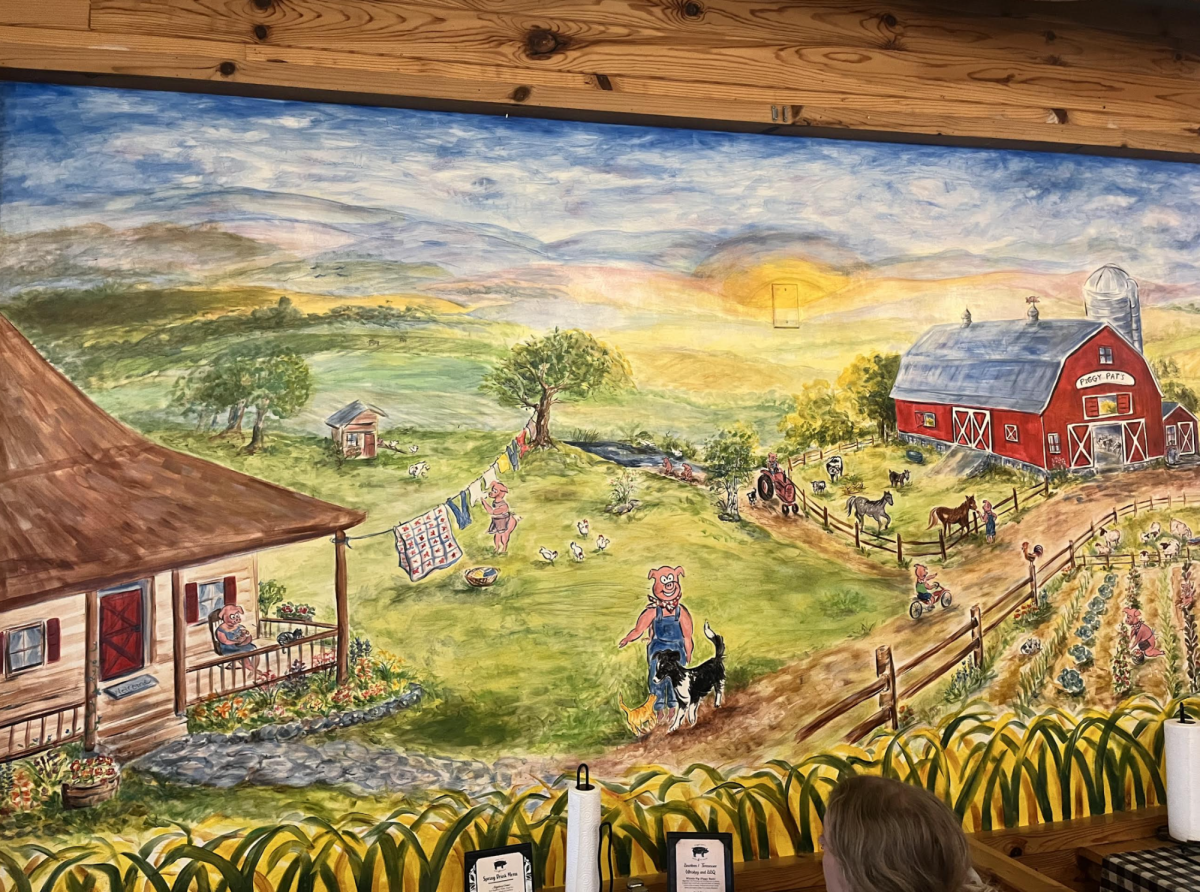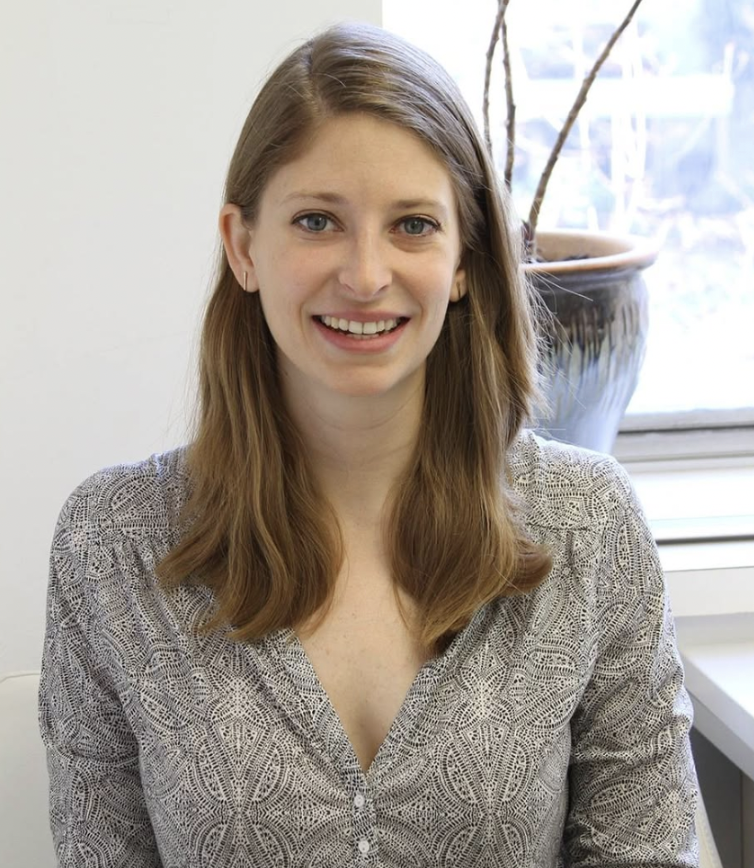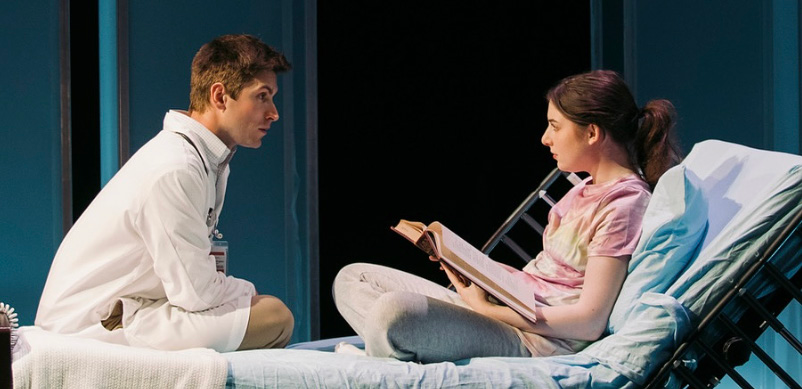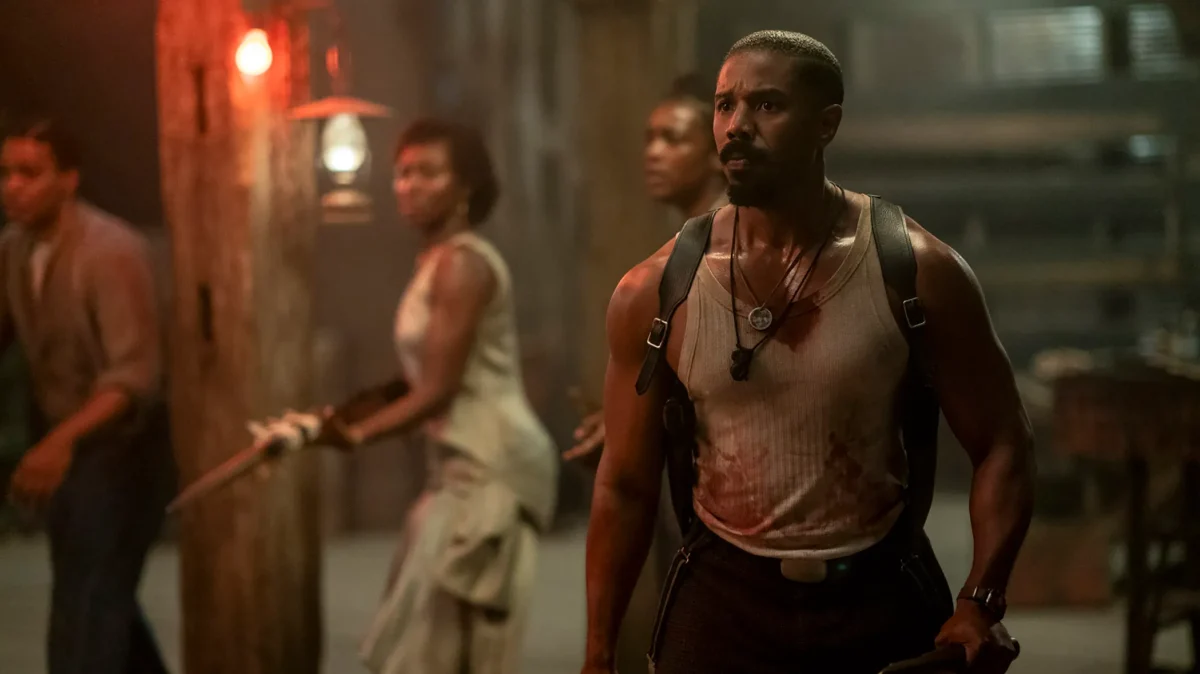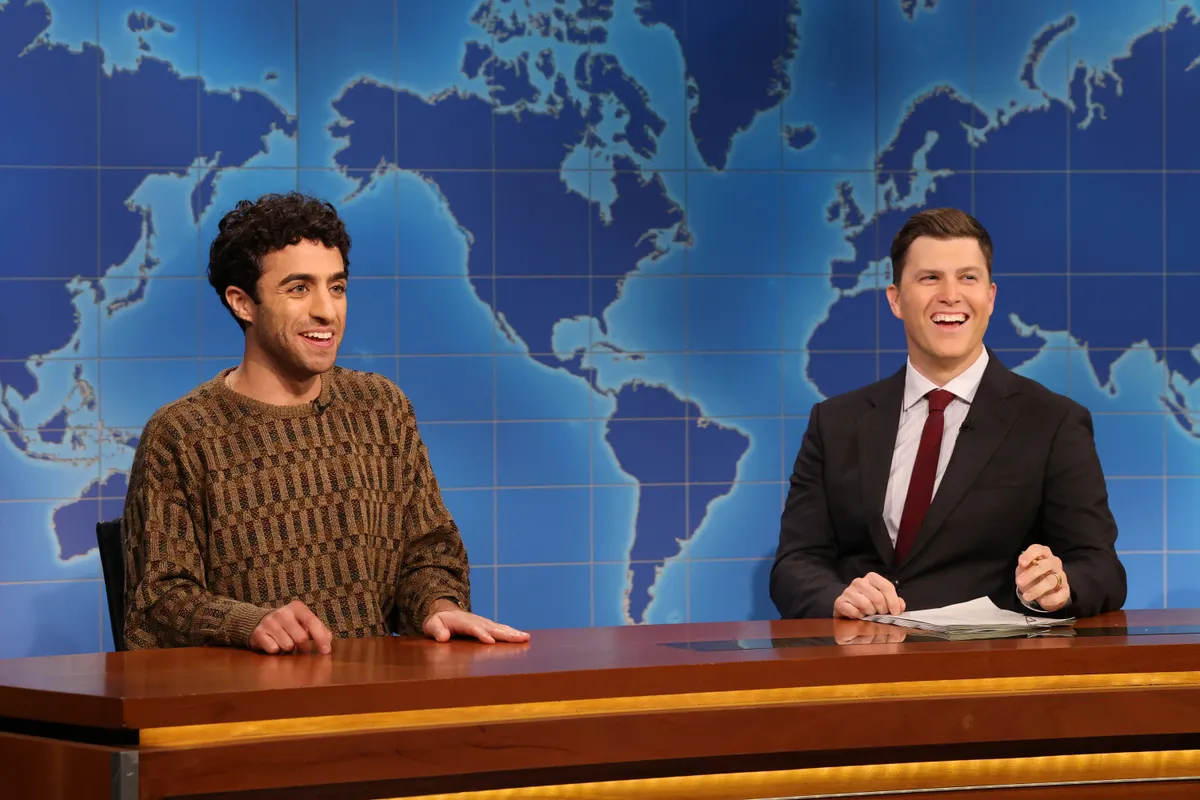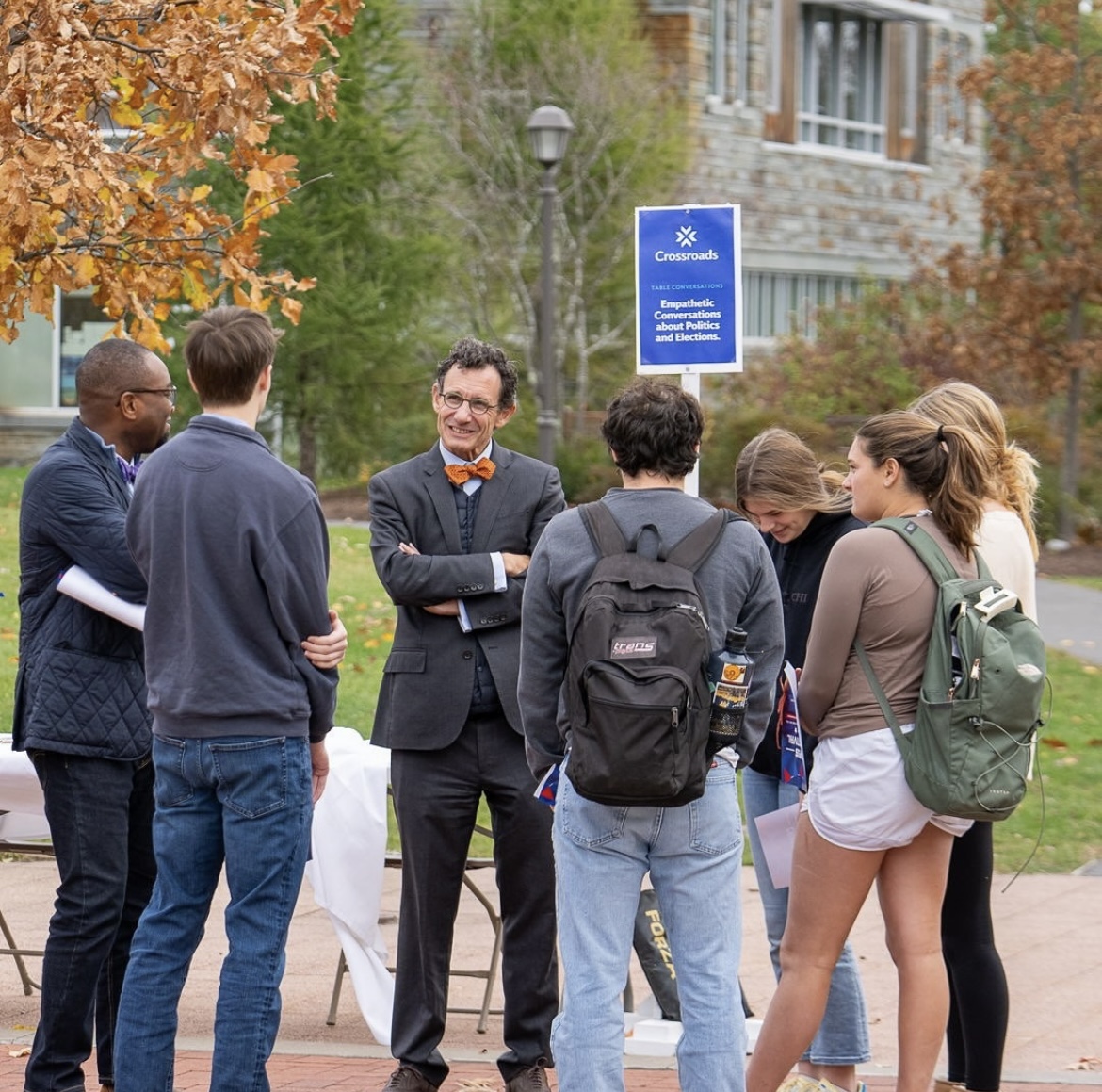
College can be a daunting experience for all students. But for students of color attending a predominantly white institution, there’s an added level of intimidation. Many colleges across the nation implement opportunity programs to facilitate the transition for disadvantaged students from different backgrounds. Yet at Hamilton, these programs are just a start and more work must be done to achieve a more representative student body.
Coming to Hamilton as a Posse scholar, I expected to be met with a plethora of resources on campus to ease the transition from a predominantly Spanish-speaking immigrant community to a college campus. Instead, I face the struggle of being selected to represent Hamilton’s small sector of diversity. Currently, the Class of 2022 stands as the most “diverse” on campus: 27 percent identify as people of color, and 7 percent are non-U.S. citizens. The College’s website offers minimal information surrounding the demographics of each class and what percentage are part of which opportunity programs.
However, it does outline two opportunity programs: the New York State Arthur O. Eve Higher Education Opportunity Program (HEOP) and the Hamilton College Scholars Program. The site stresses that opportunity programs are “not a diversity program.” But students that are a part of opportunity programs tend to come from diverse ethnic backgrounds and comprise of a large chunk of the students of color on campus. According to the site, there are “more than 170 students” in opportunity programs. Adding in the students from Posse, approximately 13 percent of the student body is solely admitted through other programs on campus.
Despite making up such a large percentage of the student population, awareness of these programs is low. Hamilton faced backlash from minorities and supporters of diversity and inclusion in 2015, when conversations of race relations and inclusion dominated college campuses across the nation. Black students and supporters — acting anonymously under “The Movement” — presented faculty with 39 demands, ranging from the presentation of Hamilton’s diversity on their website to the hiring of more diverse faculty. As a result, Hamilton created a series of “‘crucial conversations’ about students and faculty of color, inclusivity, intolerance and offensive social media posts” at the Days-Massolo Center. Following the meeting, the president and the dean said that there was more to be done to support Hamilton’s growing diverse population. Nearly four years later, “The Movement,” and, subsequently, activism on campus, has died out, yet there is still so much to be done.
Despite successes such as need-blind admissions and the opening of the Days-Massolo Center, Hamilton still lags behind its peer institutions on diversity. According to
U.S. News and World Report
, Hamilton College has a diversity index of 0.43 on a scale of 0 to 1–0 being less diverse and 1 being more diverse. Meanwhile, Amherst College rates 0.67, Williams College is 0.62, and Bowdoin College is 0.52.
Although the College has made great strides in diversity in recent years — only 14 percent of the student body were domestic students of color in 2005 compared with 24 percent now — there is still clearly room for improvement.


